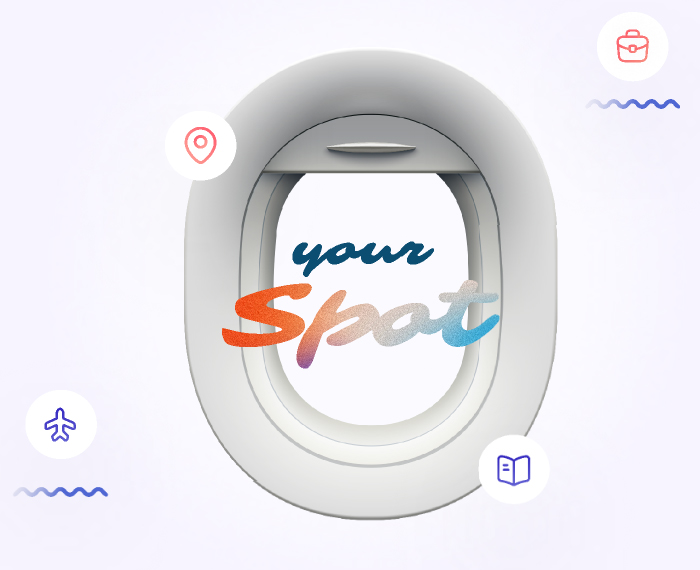


When considering immigration to Canada, the two primary pathways that individuals often choose are the Express Entry system and the Provincial Nominee Programs. These pathways serve as the main channels through which Immigration, Refugees and Citizenship Canada (IRCC) welcomes newcomers annually.
However, the question often arises for those planning to relocate to Canada: Which option is best? Should you go through Express Entry's streamlined process or opt for a Provincial Nominee Program? This decision requires careful consideration.
In this article, let us examine the differences between these pathways and what they mean for aspiring immigrants, simplifying the complexities of Canada's immigration system.
Express Entry is the fastest immigration pathway IRCC uses to manage and process permanent residency applications to Canada. It attracts skilled workers worldwide and addresses the country's labour market needs. Launched in 2015, it prioritizes candidates based on their skills, education, work experience, and proficiency in English or French. The system manages three federal economic immigration programs:
As a key catalyst for economic immigration to Canada, Express Entry operates as a competitive platform, evaluating and ranking all eligible candidates. The system ranks candidates against each other based on age, education, language proficiency, work experience, and other factors. Individuals with high CRS scores will receive an invitation to apply for Canadian permanent resident status. Under Express Entry, individuals and families aiming to settle in Canada can become new permanent residents within a few months.
To apply for Express Entry:
After successful submission, the Express Entry profile remains valid for one year. If it expires and you are still interested, you can re-submit it.
Canadian provinces can select candidates from the Federal Express Entry pool through specialized Provincial Nominee Program (PNP) streams, termed enhanced streams. Unlike standalone Base PNP streams, these streams are intricately aligned with Express Entry.
To qualify for nomination under an enhanced stream, individuals must receive an invitation from the Federal Express Entry pool or the provincial/territorial pool of eligible candidates. Once invited, candidates can submit an enhanced PNP application to the respective province or territory.
Securing a provincial nomination gives candidates seeking Canadian PR a significant advantage. With an additional 600 CRS scores, their chances of receiving an ITA from the Federal Government significantly increase, solidifying their pathway to Canadian PR.
Base PNPs are pathways administered by provincial or territorial governments, distinct from Express Entry-aligned streams. These programs require separate applications and have unique eligibility criteria tailored to local needs.
Originally designed to address regional demographic and labour market challenges, Base PNPs enable provinces and territories to nominate eligible individuals for settlement within their jurisdictions.
All provinces and territories in Canada operate their PNPs, except Quebec and Nunavut. Eligibility criteria may involve residency, education, work experience, job offers within the province, and other factors deemed beneficial to the local economy.
In Canada, PNPs are projected to become the country's most significant pathway for welcoming newcomers by 2025-2026, surpassing other pathways, including the popular Express Entry system.
In 2024, Express Entry and Provincial Nominee Programs (PNPs) will welcome 220,770 newcomers out of 485,000 immigrants in Canada. As individuals weigh their options, the question arises: Express Entry or PNP— which is the better choice? Each pathway offers unique advantages. Express Entry provides a fast and competitive route that focuses on individual qualifications. On the other hand, PNPs cater to specific regional needs, providing tailored opportunities. The decision ultimately depends on your circumstances, objectives, and eligibility.
Whether you prioritize speed or regional connections, both pathways offer promising routes to Canadian PR. Through careful consideration and exploration, individuals can choose the pathway that best suits their aspirations, ensuring a seamless transition to life in Canada.
ImmiLaw Global offers comprehensive immigration assistance, covering everything from the Express Entry system to Provincial Nominee Programs, work permits, and more. Our team comprises proficient immigration lawyers and overseas study experts, providing tailored guidance to meet individual needs.
Contact us for your migration to Canada today.
Read To Know: How to Prove Your Financial Requirements for a Canada Student Visa